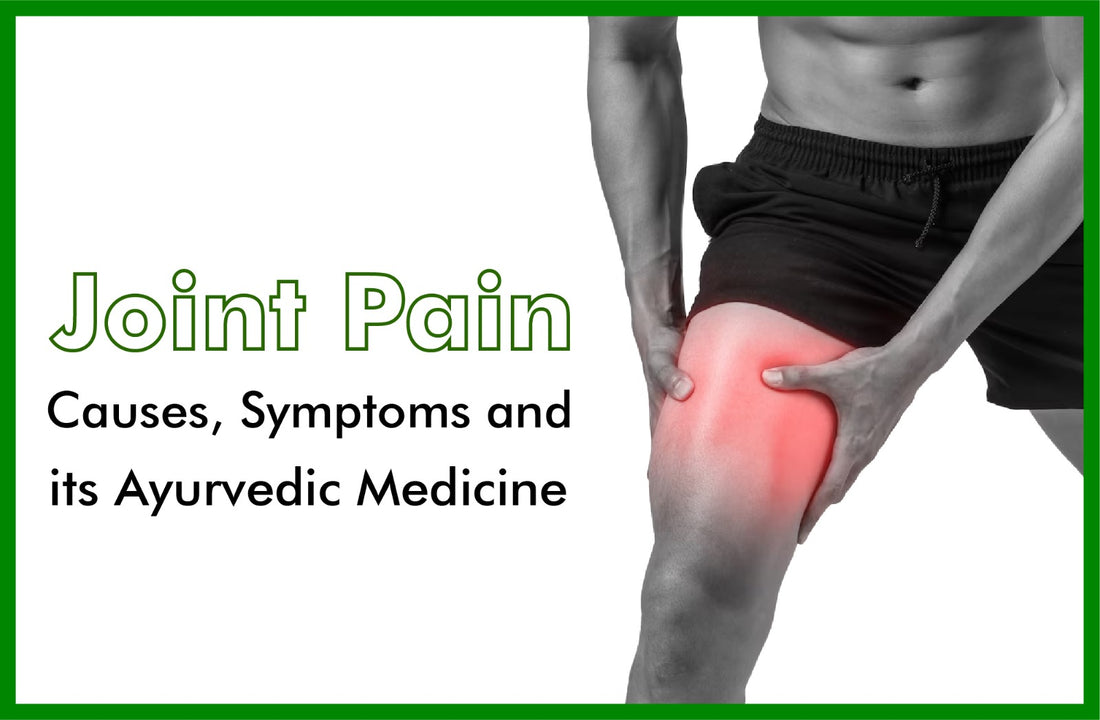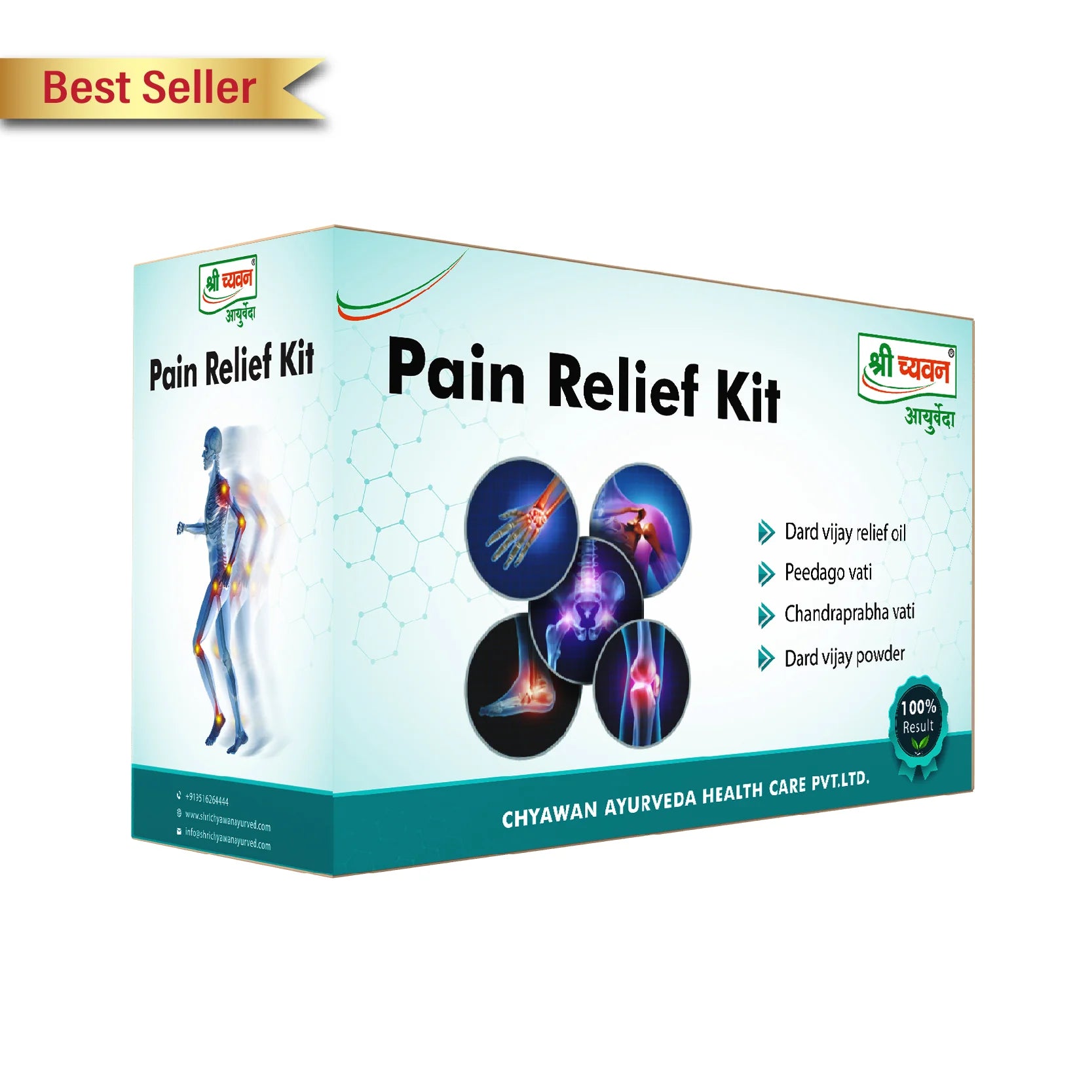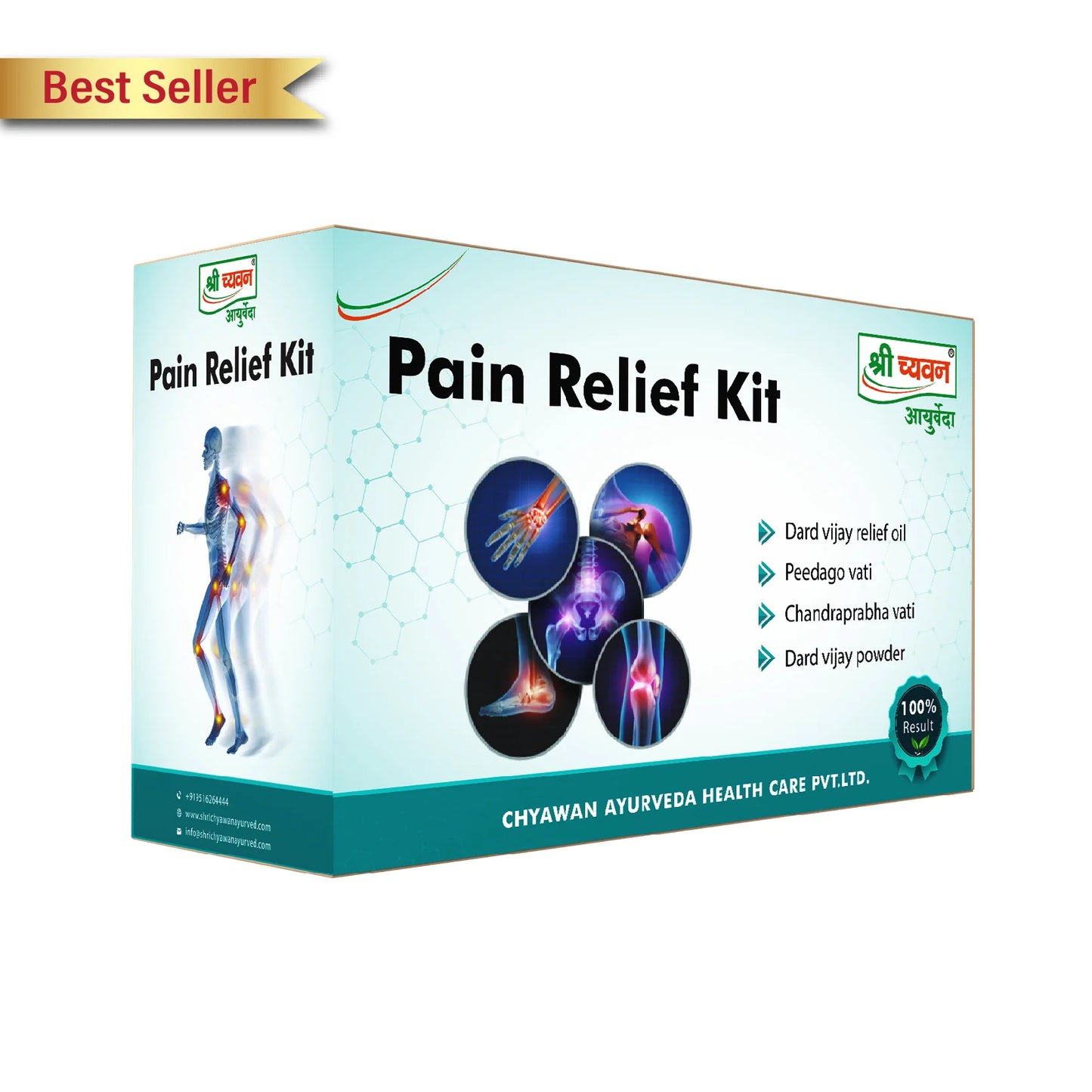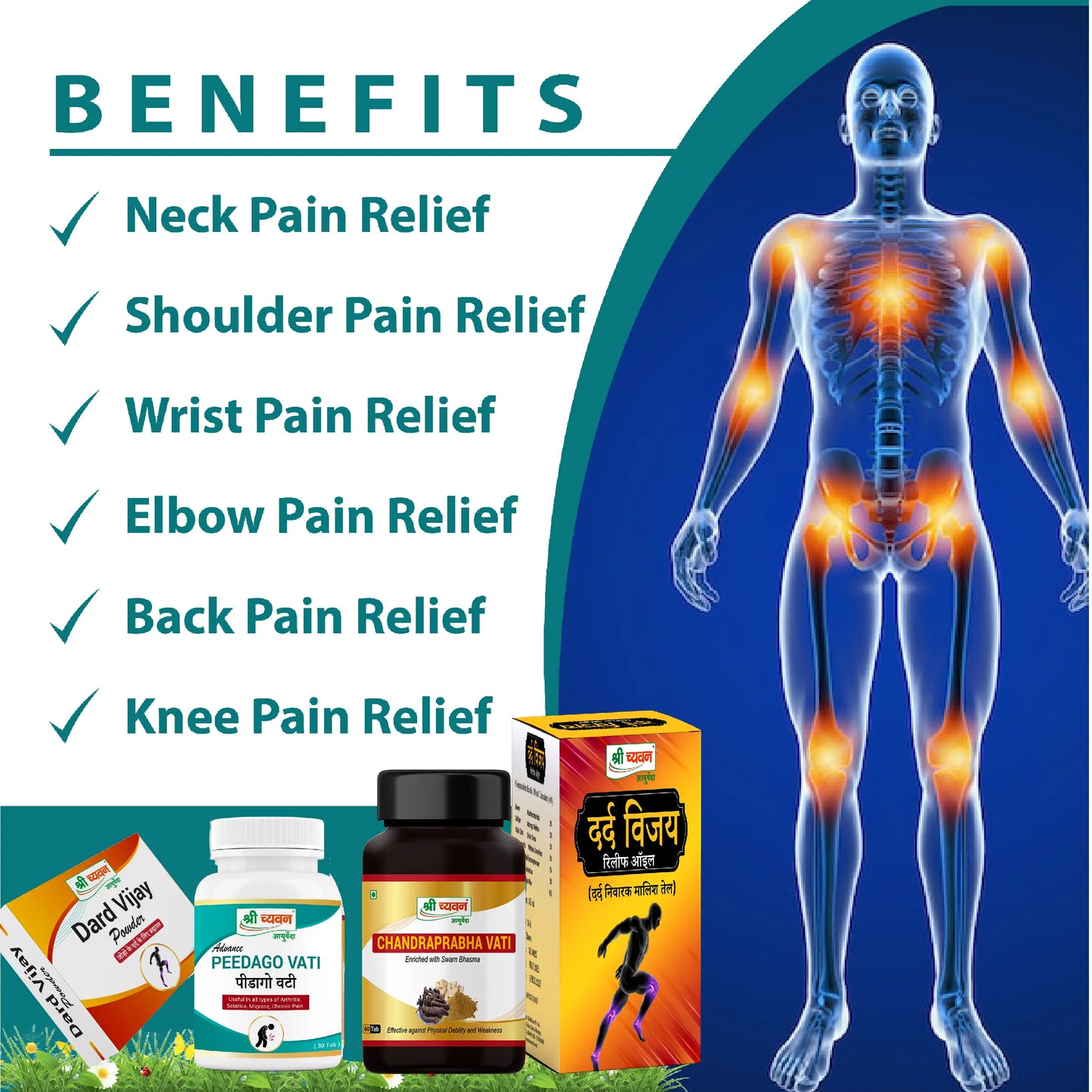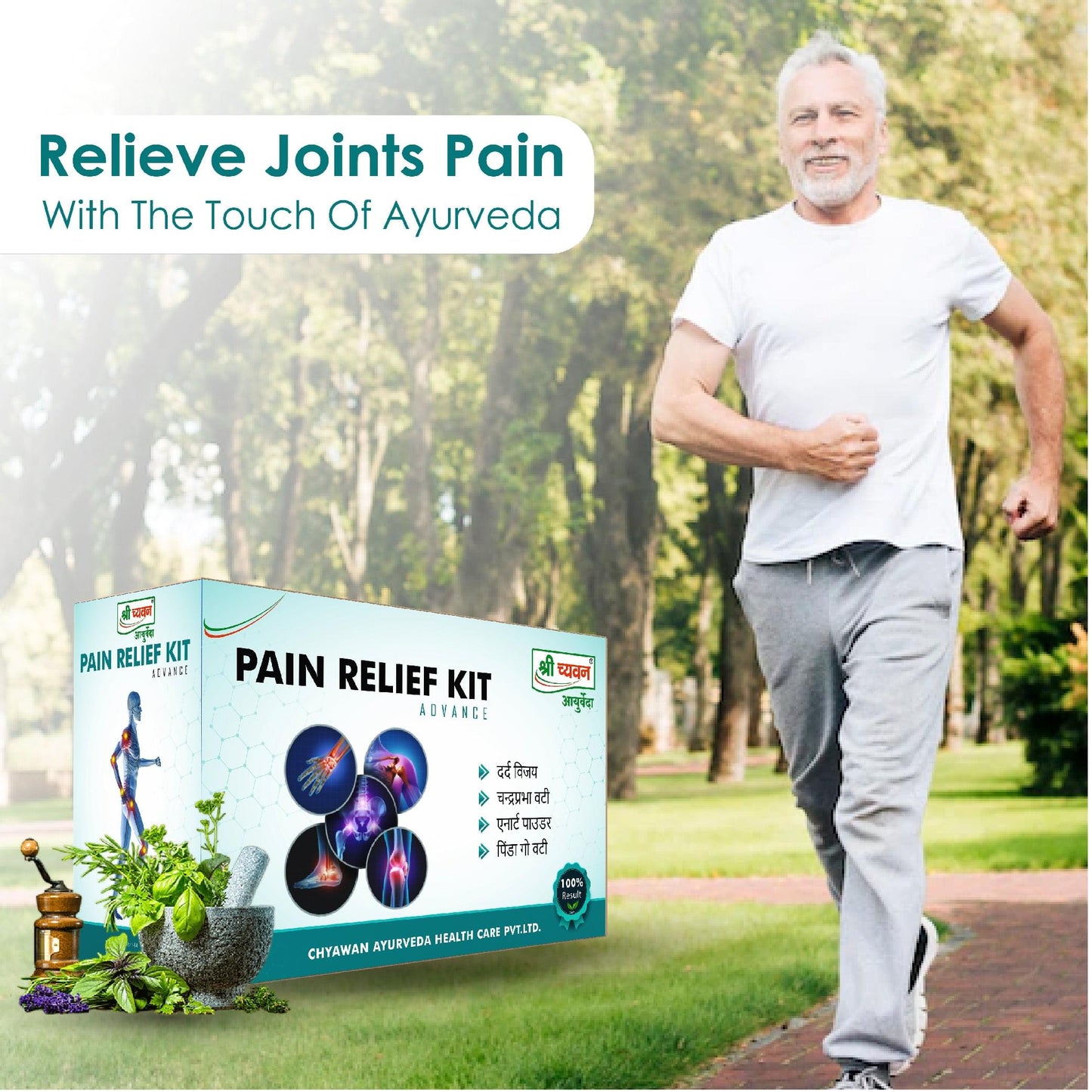Arthritis, or joint pain, is one of the most common medical conditions in India. Arthritis is a health condition in which patients suffer from pain due to swelling and inflammation around joints. An analysis done by SRL Diagnostics on tests for arthritis done in its laboratories revealed that more women than men in India are suffering from rheumatoid arthritis.
You or anyone you know might be suffering from some kind of joint pain; it has become that common a disease. Joint pain can occur due to wear and tear of the cartilage. Joint pain is extremely common, especially as you age. As per a report, the incidence of knee arthritis among Indians is 15 times higher than that in Western nations. This is because of the genetic predisposition of Indians towards knee arthritis and a lifestyle that results in the overuse of knee joints.
Arthritis affects more than 180 million people in India, - prevalence higher than many well-known diseases such as diabetes, AIDS, and cancer. Among joint pain complaints, knee pain is the most common complaint, followed by shoulder and hip pain.
Joint pain can manifest in various ways and may be caused by a wide range of underlying conditions.
Joint pain symptoms:
-
Pain: Joint pain is the most common and prominent symptom. The pain can range from mild and occasional discomfort to severe and constant pain. It may be localized to a specific joint or affect multiple joints in the body.
-
Swelling: Inflammation of the joint can lead to swelling, which may make the affected area appear red, warm to the touch, and visibly larger than usual. Swelling is often a result of the accumulation of fluid within the joint space.
-
Stiffness: Stiffness in the affected joint can make it difficult to move. Joint stiffness is usually more pronounced in the morning or after periods of inactivity and can improve with movement.
-
Limited range of motion: Joint pain can result in decreased flexibility and limited range of motion. This means that you may not be able to fully extend, bend, or rotate the joint as you normally would.
-
Tenderness: The affected joint may be tender to the touch. This tenderness can be localized over the joint or extend to the surrounding area.
-
Warmth: Inflamed joints often feel warm to the touch due to increased blood flow and inflammation in the area.
-
Redness: Some types of joint inflammation can cause the skin over the joint to become red or discolored.
-
Weakness: Persistent joint pain can lead to muscle weakness in the surrounding area, making it more challenging to use the joint effectively.
- Fatigue: Chronic joint pain can lead to overall fatigue and a sense of unwellness. Dealing with persistent discomfort can be mentally and physically draining.
It's important to note that the specific symptoms and their severity can vary depending on the underlying cause of joint pain.
Joint pain causes:
-
Osteoarthritis is a degenerative joint disease characterized by the breakdown of joint cartilage, leading to pain, stiffness, and reduced range of motion.
-
Rheumatoid Arthritis: An autoimmune disorder that causes inflammation and pain in the joints, typically affecting multiple joints.
-
Gout: A form of arthritis caused by the buildup of uric acid crystals in the joints, leading to sudden and severe pain, often in the big toe.
-
Lupus: An autoimmune disease that can affect multiple organs, including the joints, leading to joint pain and inflammation.
-
Infections: Joint pain can result from bacterial or viral infections that affect the joint.
-
Injury: Trauma or overuse of a joint can cause acute joint pain and may result in conditions like sprains, strains, or fractures.
-
Tendinitis: Inflammation of a tendon (tendinitis) can cause pain and stiffness near a joint.
- Bursitis: Inflammation of the bursae, small fluid-filled sacs that cushion the joints, can lead to pain and swelling.
Ayurvedic Medicine for Joint Pain
Are you facing problems such as Joint pain, Back pain, Knee pain, Sciatica, Cervical, Slip-disk or any other muscle related pain or cramps. Our ayurveda experts have carefully formulated an ayurvedic pain killer - Pain Relief Kit, providing relief from all kinds of pains. It includes natural ingredients and is safe to use for all age groups. This kit consists of:
-
Dard Vijay Powder: Our Dard Vijay Powder has been formulated in order to cure all your pain relating to joint, muscular pain, etc. It is prepared using all herbal and natural ingredients and is safe to use and does not have any side effects. Consuming this powder helps in reducing the swelling on the joints and gives relief from the pain.
Ingredients: Dard Vijay Powder consists of ingredients like Kolichikam Liutium, Raisins Comunis, Pipli, Chitrak Haritaki, Piper of Cinerum, Adark and Arbi Babul.
How to use: Consume 2-3 gm every morning and evening post breakfast and snacks respectively.
- Chandraprabha Vati: It reduces the level of Uric acid that ultimately helps to provide relief from the pain.
Ingredients: Chandraprabha Vati consists of Sandalwood, Daru Haridra, Amla, Debdaru, Camphor, Cinnamon.
How to use: Consume 1 tablet at night before going to bed.
- Peedago Vati: It is an ayurvedic pain killer tablets but unlike the ones available in the market, the Peedago Vati does not have any side-effects.
Ingredients: It consists of Siddha Kuchla, Suddha Bhilawa (Strychnousnux-vomicca) Amla, Harda, Baheda, Saunth, Amba Haldi, Pipal lakh (Ficus religiosa), Nagar Motha, Methi, Maal Sindoor, Hing, Ajmoda, Kala Peeper, Ashwagandha.
How to use: Consume 1 tablet every morning and evening, post breakfast and snacks respectively.
- Dard Vijay Oil: A gentle massage with this oil gives you an instant relief from any kind of joint or muscle pain.
Ingredients: It consists of Neem, Sahajan, Chinchini, Ashwagandha, Methi, Imli, Sarso oil, Neem oil, Camphor, Peppermint.
How to use: Gently massage using this oil twice a day.
Pain Relief Kit Benefits:
Ayurvedic medicine for joint pain may offer various benefits when used as part of a holistic treatment approach. These kits typically contain a combination of Ayurvedic herbs, formulations, and instructions for their use. It's important to emphasize that the effectiveness of such kits can vary depending on individual factors and the specific ingredients included.
-
Natural Pain Relief: Ayurvedic kits often contain natural ingredients, such as herbs and plant-based formulations, which are traditionally used for their analgesic and anti-inflammatory properties. These natural remedies may help alleviate joint pain without the side effects associated with some pharmaceutical drugs.
-
Reduced Inflammation: Many Ayurvedic herbs included in these kits have anti-inflammatory properties. These ingredients can help reduce inflammation in the joints, which is a common feature of arthritis and joint pain.
-
Improved Joint Mobility: Ayurvedic pain relief kits may include ingredients that support joint mobility and flexibility, allowing for better range of motion. This can help individuals with arthritis or joint pain maintain or improve their physical function.
-
Enhanced Circulation: Some Ayurvedic therapies and formulations may improve blood circulation, which can help nourish and rejuvenate the joints, potentially reducing pain and stiffness.
-
Personalized Approach: Ayurveda takes an individualized approach to health, considering a person's unique constitution (dosha) and specific imbalances. These kits are often tailored to the individual's needs, addressing the root causes of joint pain.
-
Minimal Side Effects: Ayurvedic treatments generally have fewer side effects compared to many conventional medications. However, individual reactions can vary, so it's crucial to use Ayurvedic remedies under the guidance of a qualified Ayurvedic practitioner.

-
Comprehensive Approach: Ayurvedic pain relief kits often incorporate various components, such as herbal supplements, dietary recommendations, and lifestyle modifications. This holistic approach aims to address both the symptoms and underlying causes of joint pain and arthritis.
-
Stress Reduction: Ayurveda emphasizes the importance of mental and emotional well-being. Stress management techniques, such as meditation and yoga, may be included in these kits to help reduce stress, which can exacerbate arthritis symptoms.
- Potential Long-Term Benefits: Ayurvedic treatments for joint pain and arthritis focus on addressing the underlying imbalances and promoting overall health. This can lead to sustained relief and improved quality of life over time.

